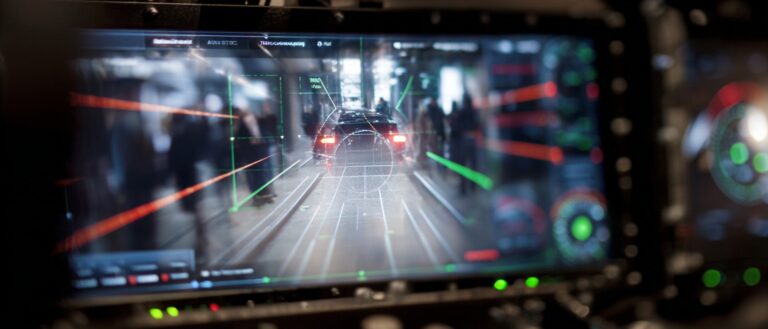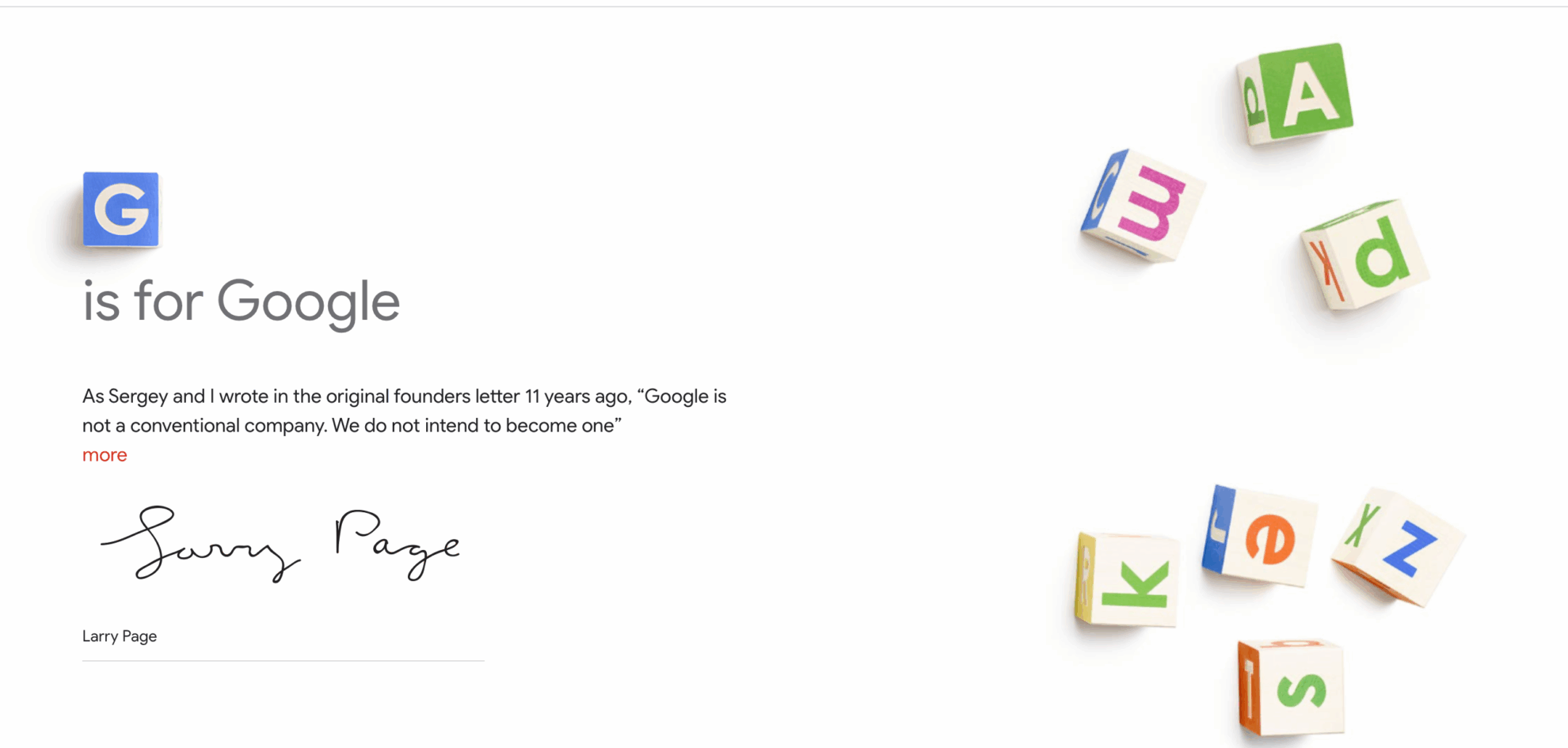Valuation Accuracy Exceeds 99%! A Ceramic Classification Intelligent Framework Based on YOLOv11 Combines Visual Modeling and Economic Analysis to Achieve Cultural Relic Classification and Value estimation.
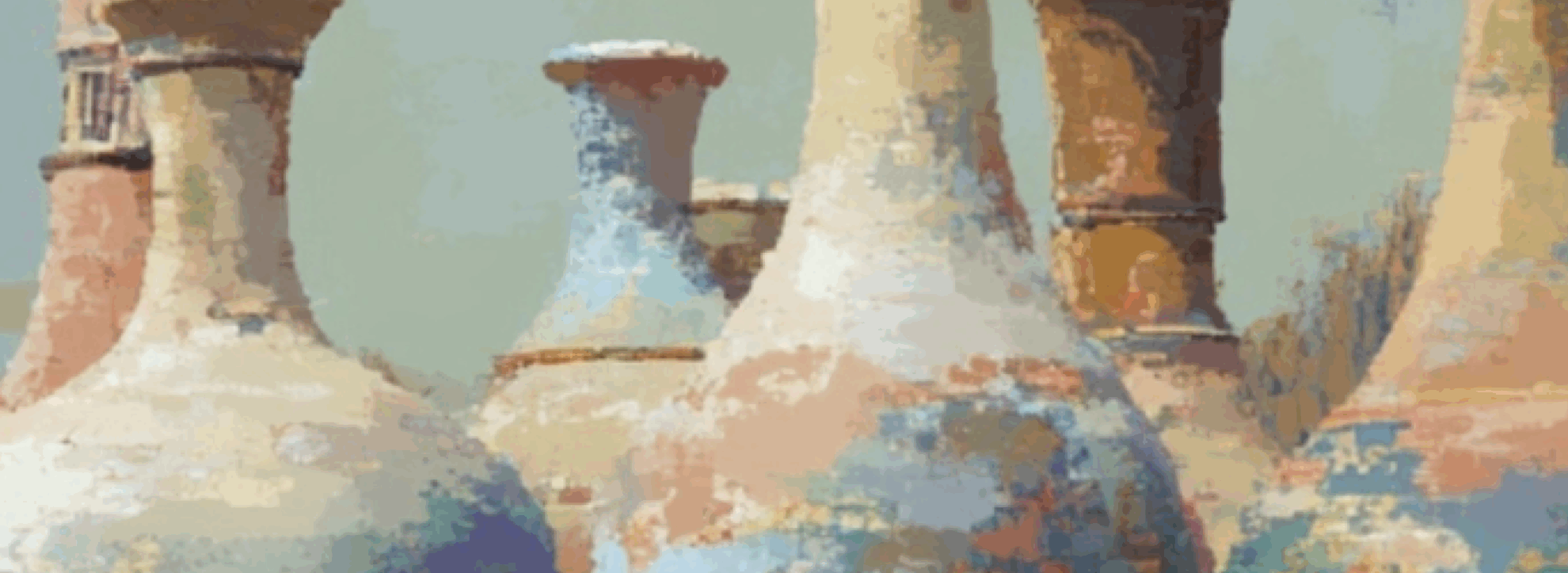
At Poly Auctions' 2025 Spring Auction in Hong Kong, a Qing Dynasty Yongzheng famille rose and enamel bowl with plum and bamboo patterns, with a "birthday celebration" design, surpassed its estimated price of HK$8.8 million. A Ming Dynasty Yongle blue-and-white plum vase with bamboo, rocks, and banana leaves, even achieved a remarkable HK$78.125 million at Christie's 2025 Hong Kong Spring Auction. Previously, at Sotheby's Hong Kong's 2017 Autumn Auction, a Northern Song Dynasty Ru kiln celadon-glazed washbasin, after over 30 bids, sold for HK$260 million. After including premium, it fetched a whopping HK$294 million. The sale went to an anonymous Asian private collector, setting a new world auction record for Chinese porcelain at the time.
It is not difficult to see that ceramic cultural relics show great economic potential worldwide.At the same time, ceramics have penetrated into all aspects of people's lives. In addition to common tableware and tiles, they have also entered the fields of electronic products, medical devices/implants, etc. Statistics show that from 2017 to 2023, China's annual output of daily-use ceramics will increase from 49.1 billion pieces to 67.9 billion pieces.The global ceramic market size is expected to continue to expand at a compound annual growth rate (CAGR) of 4.4%.The continued growth of ceramic commodity trading has brought about huge valuation needs, while traditional ceramic classification methods have limited the participation of non-professionals in this work.
Reviewing the research practice of ceramic classification,Traditional ceramic classification methods often have limitations such as lack of adaptability and interpretability.Empirical identification lacks a unified quantitative standard and relies heavily on visual inspection. This can lead to ambiguity in classification due to differences in perception. The same piece of ceramic can have significantly different valuations in the hands of different professionals, and the ability to identify imitations is also insufficient.Accurate identification such as X-ray fluorescence, thermoluminescence dating and spectral analysis is highly dependent on complex instruments.
With the rapid development of deep learning and computer vision technology, ceramic classification based on methods such as feature extraction, image segmentation and image enhancement is becoming increasingly common.At present, the research on automatic classification of ceramics has realized the use of convolutional neural networks (CNNs), transfer learning and capsule networks to automatically analyze ceramics using visual attributes.It is usually limited to basic texture recognition and it is difficult to incorporate cultural factors that affect the valuation, such as the history and aesthetics of ceramics, into the calculation framework. At the same time, there is a lack of classification tools that can be operated by non-professional enthusiasts.
In this context,The research team of Universiti Putra Malaysia and the University of New South Wales Sydney jointly proposed an intelligent framework based on the YOLOv11 model that combines high predictive performance and interpretability.Combining visual modeling and economic reasoning for automatic classification of ceramic artifacts and estimation of their market value.The improved YOLOv11 model can input the craft attributes of porcelain into the random forest classifier and value ceramic artifacts based on years of auction data from institutions such as Christie's, Sotheby's, Poly Auction, and China Guardian.
The research results were published in Nature Partner Journals under the title "Integrating deep learning and machine learning for ceramic artifact classification and market value prediction".
Research Highlights:
* A robust data-driven framework has been established that can integrate artistic features and market data to accurately evaluate ceramic artifacts, providing a more systematic and objective approach to ceramic classification and valuation;
* Enhanced the performance of the YOLO model in detecting and classifying ceramic types, and optimized the output of the YOLO model in subsequent valuation tasks for ceramic classification;
* Combining the features extracted by the YOLO model with structured auction data, a random forest classifier is used to predict prices, improving the accuracy and interpretability of the prediction results.
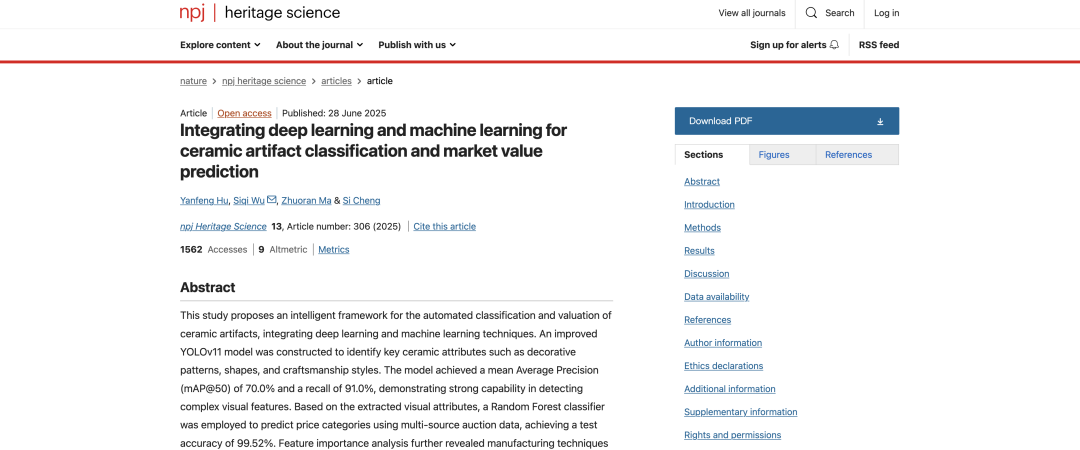
Paper address:
https://www.nature.com/articles/s40494-025-01886-6
Follow the official account and reply "ceramics" to get the complete PDF
More AI frontier papers: https://go.hyper.ai/owxf6
Three-stage integration: data annotation, ceramic classification and price prediction
The classification framework constructed in this study consists of three consecutive stages: data annotation, ceramic classification based on the YOLOv11 model, and price prediction based on the random forest regression model.
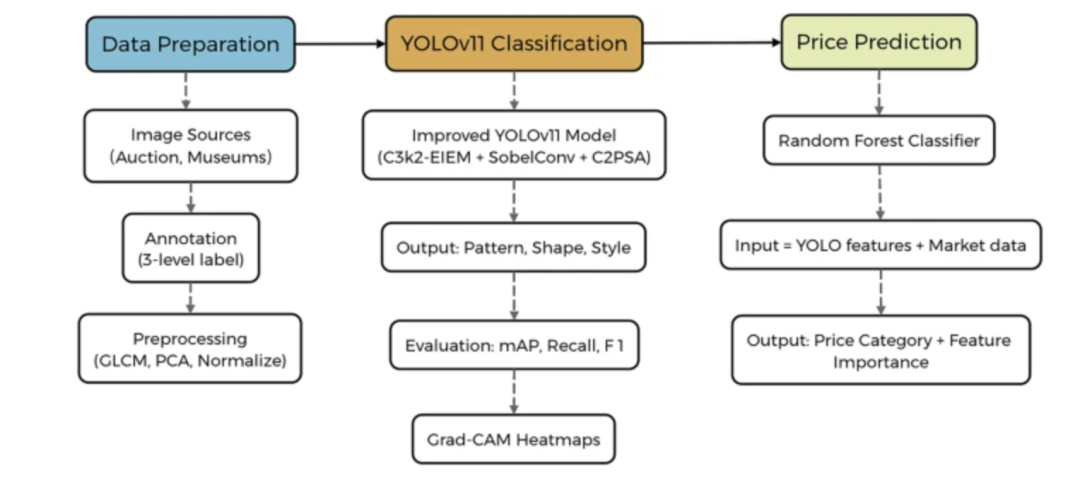
Dataset annotation: a hybrid annotation solution of AI preprocessing and expert correction
This study established a high-quality ceramic image dataset based on a three-tiered ceramic classification framework based on shape, pattern, and production process. The dataset contains 8,213 high-resolution images representing 20 distinct kiln systems and decorative techniques. The images are divided into training, validation, and test data in a 7:2:1 ratio.
Image data mainly comes from three channels:The first is auction houses such as Christie's, Sotheby's, Bonhams, China Guardian, Poly Auction, and Beijing Rongbaozhai (42.6%, 3,500 pieces); the second is museums and cultural relics databases (24.3%, 2,000 pieces), including the Palace Museum, the British Museum, the Metropolitan Museum of Art, the National Museum of China, the International Council of Museums database, etc.; the third is ceramic art shops and on-site photography works (33.1%, 2,713 pieces), mainly from platforms such as Taobao, Xianyu, Amazon, Pixabay, Wikimedia Commons and private collectors.
The study adopted a hybrid data collection method, such as automated web crawling using the Scrapy framework to extract structured ceramic image data from public databases.
The dataset annotation stage mainly uses the labeling strategy of AI automatic collection and expert correction to annotate high-quality ceramic image datasets:
* AI pre-labeling:Use the YOLO pre-trained model to detect the initial material and automatically generate the bounding box of the ceramic outline;
* Manual annotation and verification:Ceramic identification experts and data researchers use the LabelImg tool to optimize the labeling results and classify them into three levels based on craftsmanship style, object shape, and decorative pattern.
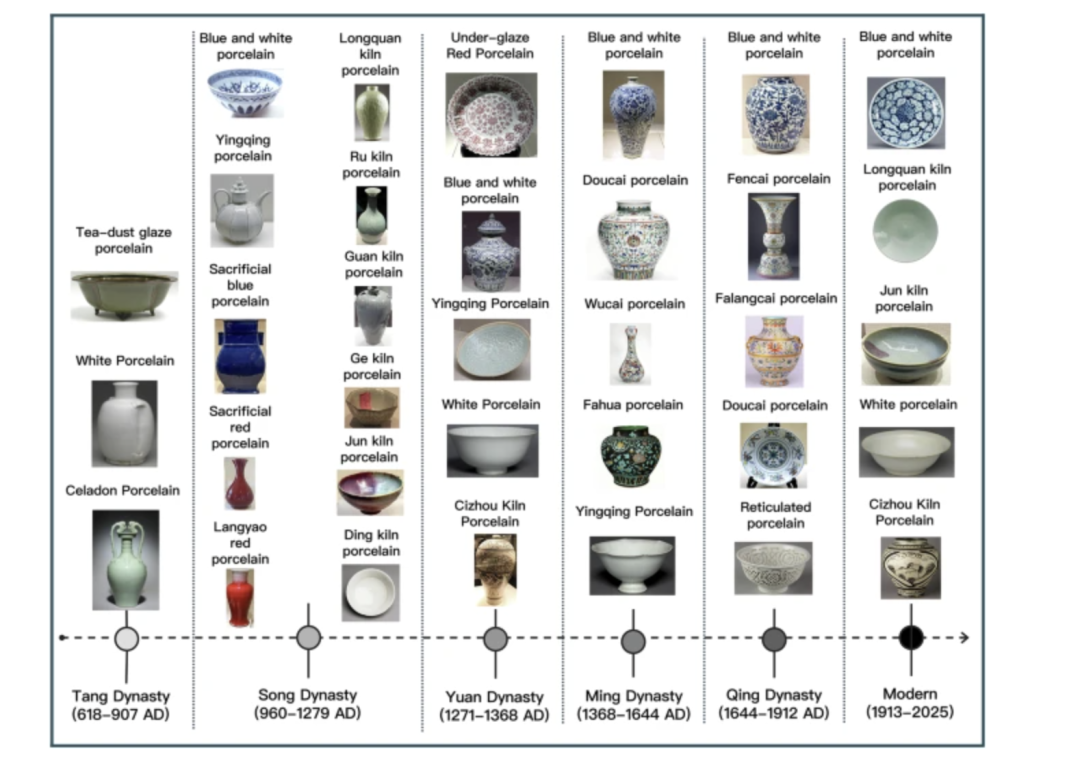
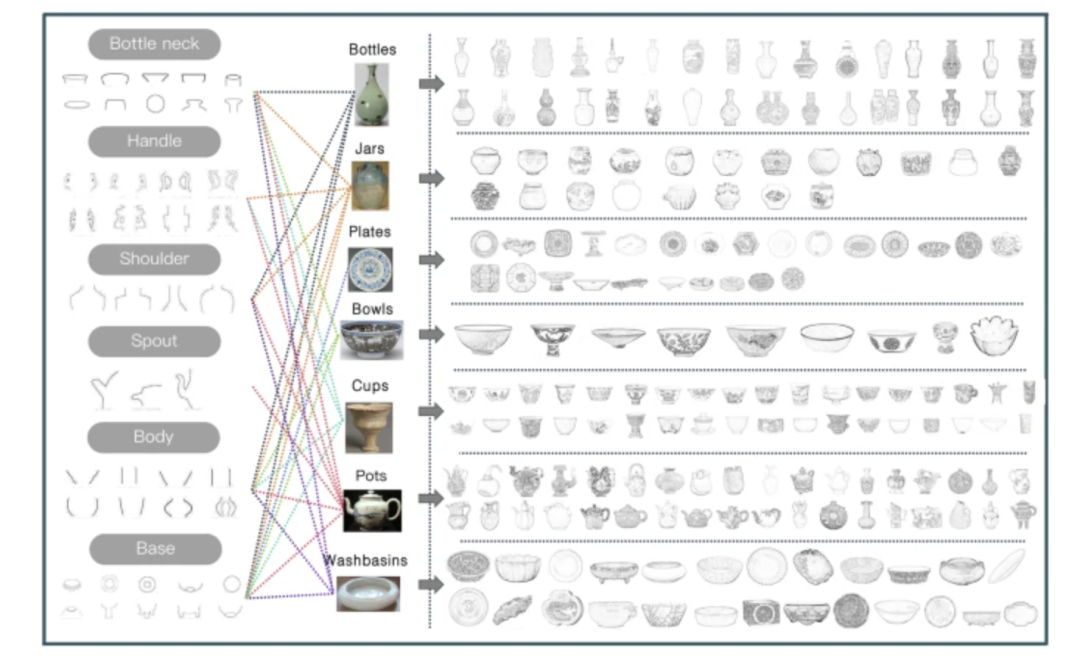
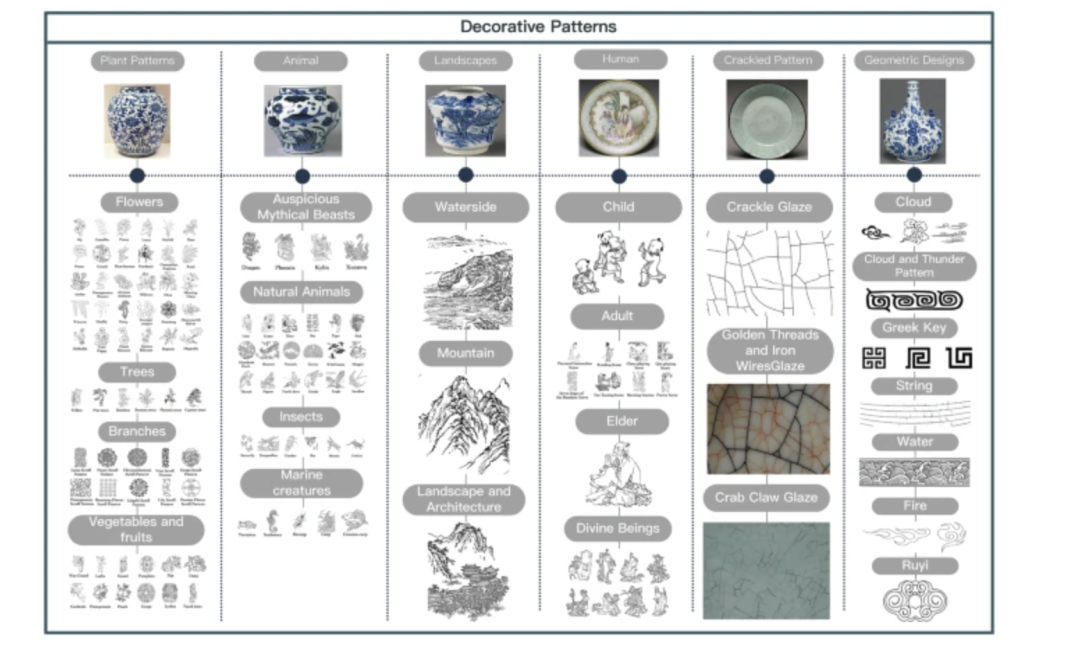
To further improve the model robustness and evaluate the generalization ability, the research team used 5-fold cross validation and used K-means clustering to optimize the anchor box size to adapt to different ceramic shapes, thereby improving detection accuracy. The cyclic learning rate scheduler was applied to stabilize the gradient update, and the early stopping mechanism was combined with the model checkpoint to prevent overfitting. In order to enhance the spatial generalization ability, the study also used Mosaic, GridMask and MixUp image enhancement techniques for verification.
YOLOv11 model: Introducing the attention module to form an evaluation logic mechanism
Based on the AI preprocessed dataset, the improved YOLOv11 model will classify images according to the shape, pattern and production process of the ceramics.The improved YOLOv11 model architecture integrates a ResNet backbone network, multiple feature enhancement modules, and a detection head optimized for ceramic properties such as pattern, shape, and process style.
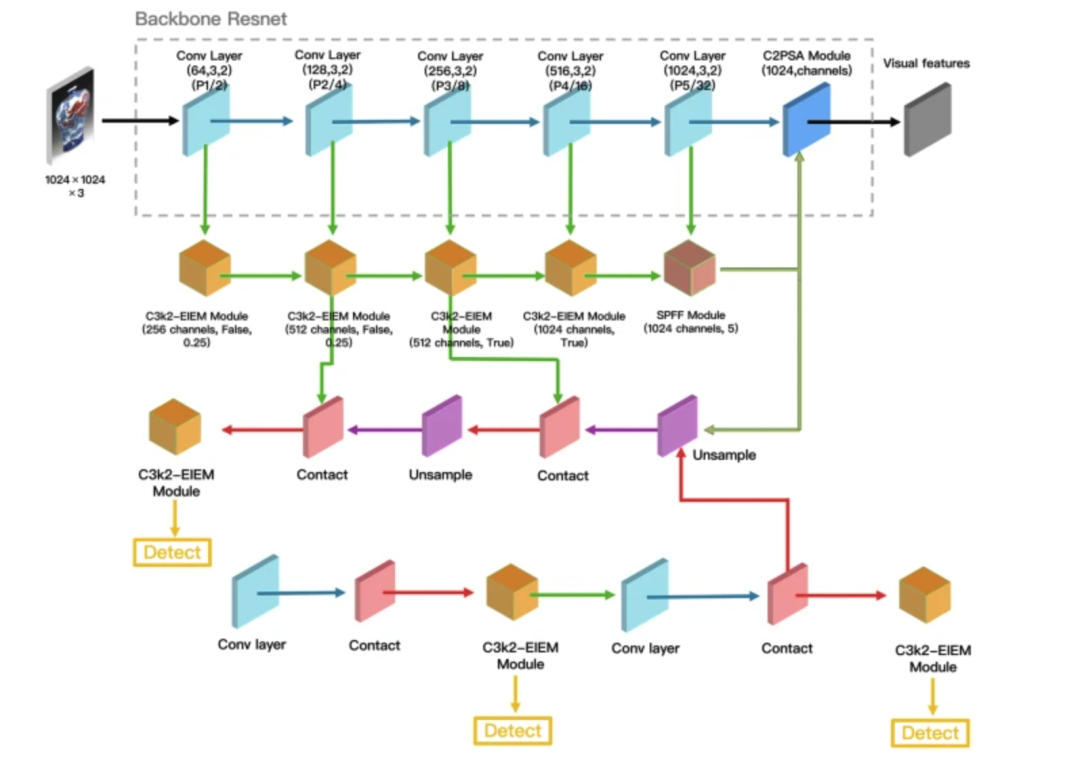
The improved YOLOv11 model uses ResNet50 as the backbone network. To improve the model's expression of ceramic visual features and computational efficiency, this study introduced three enhancement modules in the structure:
* C3k2-EIEM module:This module consists of three key components: edge information learning, spatial feature preservation, and feature fusion strategy. It enhances the detection of fine-grained decorative details such as carvings and inscriptions by explicitly capturing edge information and preserving spatial details, thus retaining high-resolution spatial details;
* Fast Spatial Pyramid Pooling (SPPF):Extract visual features of ceramics in different dimensions by performing multi-dimensional pooling;
* Cross-stage local attention mechanism (C2PSA):By adaptively adjusting weights, the background interference of the image is reduced, thereby focusing on key decorative areas and enhancing the model's sensitivity to complex decorations such as underglaze painting and hollow carvings.
The integration of the attention enhancement module improves the model's ability to identify high-value features of ceramics. To link the classification output with traditional valuation logic, this study introduced Gradient Weighted Class Activation Mapping (Grad-CAM) to generate visualizations of the attention module and verify its effectiveness.
Random Forest Regression Model: From Visual Features to Monetary Value Assessment
In the price prediction stage, the study set up a random forest (RF)-based regression model and adopted a classification-based price prediction method to systematically predict the collectible value of ceramic products based on the extracted visual features. The random forest regression model's classification process for the collected visual features is divided into four points:
* Category characteristics:One-Hot encoding is used to process classification features such as decorative patterns and craft styles, converting visual features into machine-readable data expressions.
* Auction price normalization and outlier processing:The transaction prices of ceramic cultural relics from the six major auction houses from 2000 to 2024 were converted and normalized into 2024 US dollars (USD) based on historical exchange rates and consumer price index (CPI) data published by international financial databases such as the World Bank and the Organization for Economic Cooperation and Development (OECD). The interquartile range (IQR) method was used to eliminate outliers in the auction price data.
* Quantitative characteristics:The independent variable factors of shape, decorative pattern and craft complexity, as well as the dependent variable factor of price range were included, and all quantitative characteristics were normalized using the minimum-maximum scaling method.
* Data encoding:Implement a structured data encoding strategy using One-Hot Encoding (OHE) to convert non-numeric discrete values into binary values so that they can be captured by regression models without introducing artificial numerical relationships.
When training a regression model, the RF classification model divides the process into four stages: data preprocessing, feature extraction, ensemble training, and prediction.,During the training process, multiple decision trees are constructed, and each decision tree is trained based on a bootstrap sample of the data to reduce the data variance.
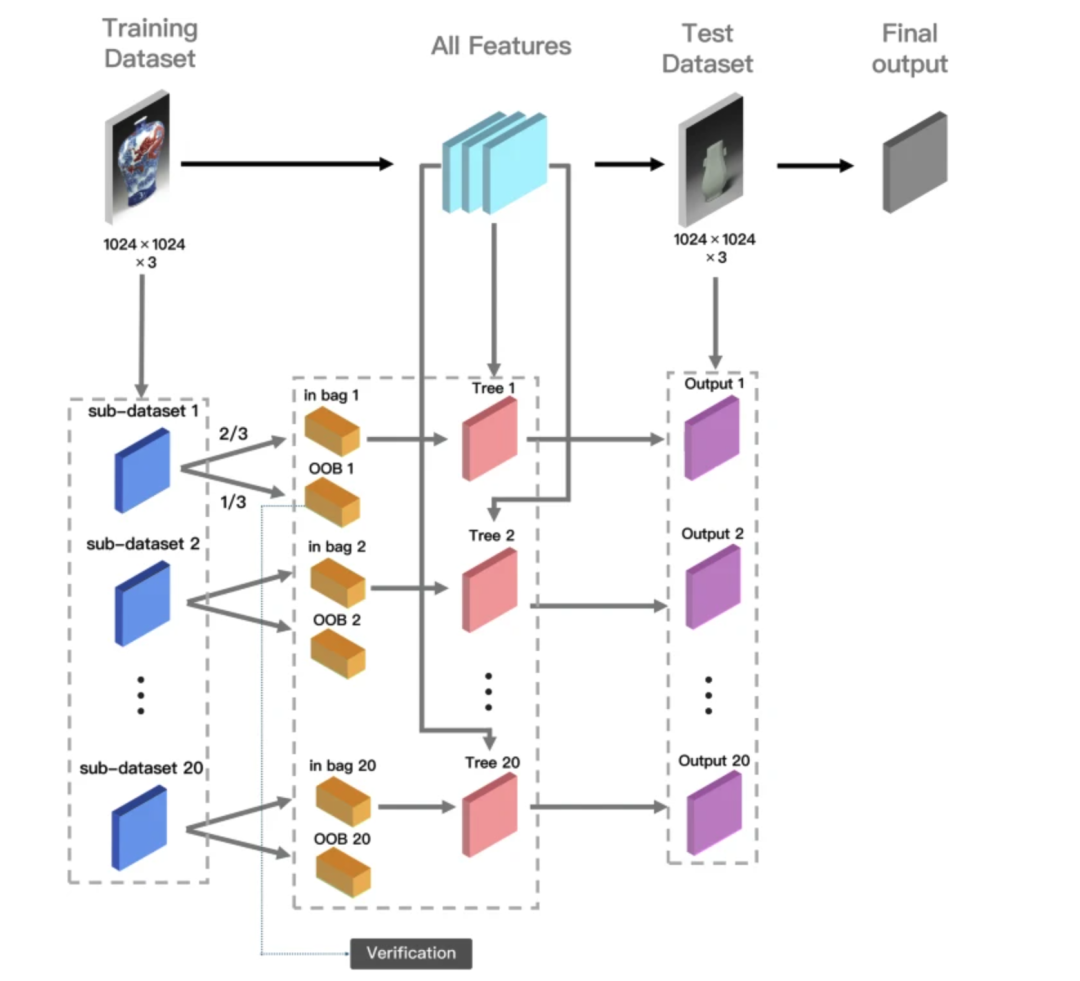
Research results: YOLOv11 and RF dual drive, model valuation accuracy improved
The study evaluated the performance of the improved YOLOv11 model and the YOLOv11 model, performed 5-fold cross-validation on the enhanced functional modules, and evaluated the valuation logic of the random forest regression model and its performance indicators such as accuracy.
First, the performance evaluation results of the improved YOLOv11 model and the YOLOv11 model in ceramic classificationKey detection metrics include mean average precision (mAP), recall, precision, and best-F1 score. Experimental results show that the improved YOLOv11 model improves overall detection accuracy, reduces false negative detections of shapes or glaze details, and achieves a 2% improvement in best-F1 score. While accuracy has decreased slightly, the model's generalization ability has been improved by balancing false positives and false negatives.

To ensure the robustness and generalization ability of the C3k2-EIEM enhanced YOLOv11 model, a 5-fold cross validation was performed, and the results showed that the enhanced functional modules helped achieve more consistent classification performance.

The performance evaluation criteria of the random forest regression model include accuracy, precision, recall, F1 score and AUC On the training set, the model achieved an accuracy of 99.65%, with precision, recall, and F1 scores all reaching 99.65%. On the independent test set, the model achieved an accuracy of 98.91%, with precision, recall, and F1 scores also all reaching 98.91%, demonstrating robust performance in predicting ceramic market value categories.
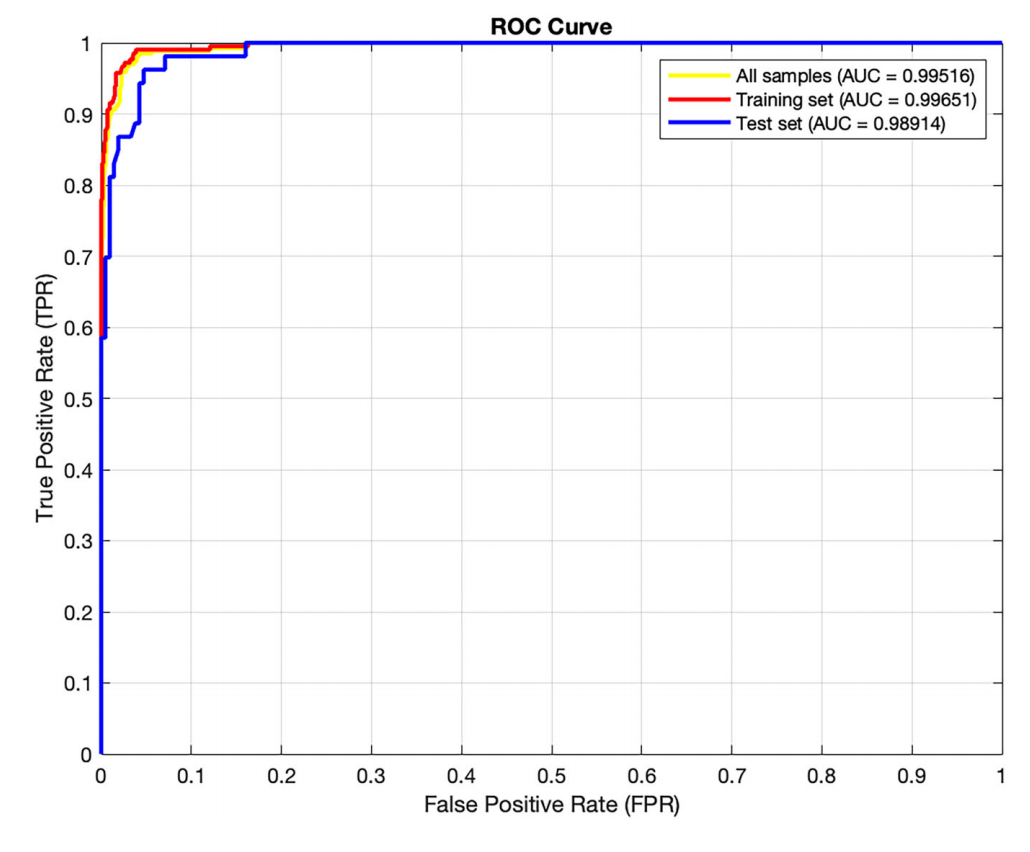
In addition, the random forest regression model emphasizes the impact of process complexity on market value, and its valuation logic is consistent with historical auction trends.
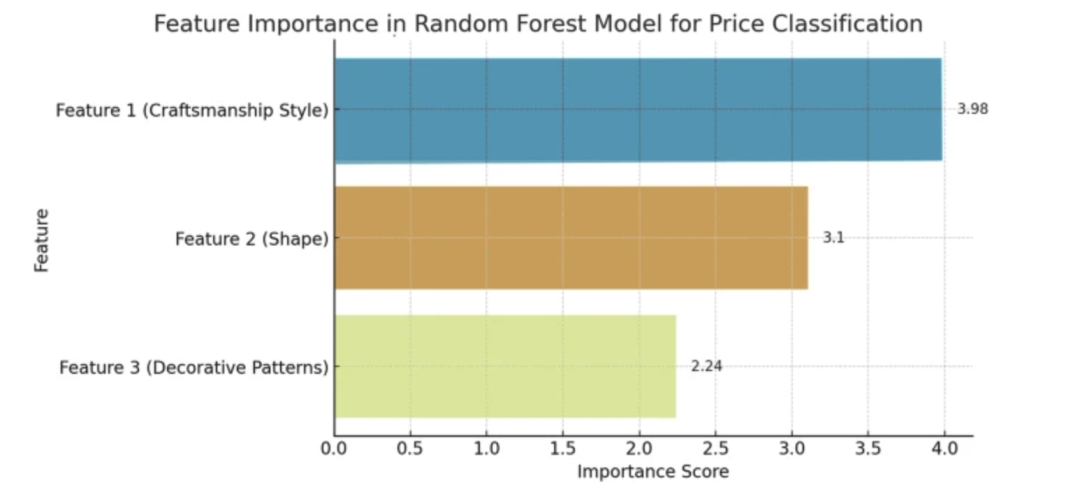
AI empowers the kiln fire to continue in the digital age
AI technology has never stopped reshaping the ceramic and cultural relics industries. Previously, the identification system created by Singaporean Chinese Li Jianchen has pushed the previously time-consuming and labor-intensive ceramic classification into the era of light-speed identification. The system covers about 2 million cultural relics data. Compared with the traditional appraiser's "visual inspection" that takes years, the multi-spectral scanning technology it uses can complete the dating analysis based only on the bubble shape of the ceramic glaze and the era of craftsmanship.
Notably, the system can also capture hidden restoration traces through multimodal spectral imaging. In May 2025, Li Jianchen's team accidentally discovered traces of Northern Song Dynasty inscriptions beneath the covering of the Taipei National Palace Museum's "Early Spring," doubling the relic's market valuation.
In 2024, the Archaeology Laboratory of the School of Archaeology and Museology at Peking University and Beijing Yiju Technology Co., Ltd. collaborated to develop an online analysis system for tracing the provenance of ancient ceramics. This project reportedly includes a database of ancient ceramic glaze compositions from over 100 well-known kiln sites, collecting nearly one million records of major and trace element data for ceramics. Yiju Technology's handheld XRF intelligent ancient ceramic detection system, characterized by its non-destructive, portable, rapid, and highly accurate nature, has been deployed at several important archaeological sites.
Currently, AI is revolutionizing the ceramics industry ecosystem of "experience-based bargaining," pushing ceramics toward an algorithm-driven model. The intersection of AI and ceramics represents a process in which technology inherits and reshapes civilization. The new pulse of the digital age will extend the millennia-old charm of porcelain to a broader dimension.
Reference Links:
1. https://www.prnewswire.com/apac/zh/news-releases/2025-302429982.html
2. https://www.sohu.com/a/913181430_121393815
3. https://www.sohu.com/a/199794691_687796
4. https://pff.szzit.cn/2d41
5. https://pff.szzit.cn/2d4A
6. https://ourl.cn/G2FTpz

